Affiliate links on Android Authority may earn us a commission. Learn more.
What is a Nexus device?

“What is a Nexus device?” seems like a very strange question to ask on a site dedicated to all things Android. But that’s not entirely so, because there are plenty of mobile consumers that don’t happen to own a smart device yet, whether we’re talking smartphones or a tablets.
Despite being an integral part of Android, the Nexus brand may not be as well known to new smart device buyers as the iPhone and/or the iPad, or Apple’s mobile devices. Similarly, it may be not clear to some people that the Nexus is an Android device, which brings us to the point of this particular article.
In case you haven’t guessed it by now, a Nexus is a family of smart devices that are sold by Google. Whether a smartphone or a tablet, the Nexus runs Android – in most cases the latest Android version out there – and represents Google’s own vision of what an Android device should look and feel like.
Unlike the heavily marketed iPhone and iPad that are selling by the boatload, Nexus devices are yet to become equally popular when it comes to sales, but Google keeps making them, and for good reason. Without Nexus devices around, we’d hardly have any smartphone or tablet out there running the latest Android software, and Google can’t have that.
If you will, we’ll use the tree-in-the-forest existential question. If a tree falls in the forest but there’s nobody there, does it make any sounds? Similarly, if Google launches an Android OS version, but there’s no device running it to be launched immediately after, will Android make the same noise in the mobile ecosystem?
The Search giant needs to be in a dominant position in the smartphone business, when it comes to market share, in order to have a better chance to position itself on top of mobile search, in order to keep making lots of ad- and search-based cash in the so-called “Post PC” computing era that’s dominated by portable devices. Therefore, to successfully convince potential mobile device buyers to get an Android device, Google needs to have its own smarphones and tablets out there, its own flagship devices to highlight the new features of its latest Android OS versions. In their turn, users get to appreciate the new Android features each new release brings to the table and they aspire to experience them as soon as possible on their existing or future Android devices via custom ROMs and subsequent official releases – we’ll get into the actual software Nexus devices run further down the road.
Without Nexus devices, the alternative would be for Google to wait for its OEM partners to rollout Android updates to consumers, and that would certainly not be beneficial for the company. The latest Android version would only be released months after being officially introduced, with users and developers having to wait longer times to experience the new software. And that could hurt Google in this highly competitive business.
Since we did mention new Android OS launches, we’ll mention that you can expect at least a new Nexus device to come out every time Google unveils a major Android update. Google has gotten us used to expect new Nexus hardware every time we’re moving to a different desert kind, with the next one(s) supposed to come out this May at the Google I/O 2013 developer event when the company will reportedly unveil Android 5.0 Key Lime Pie.
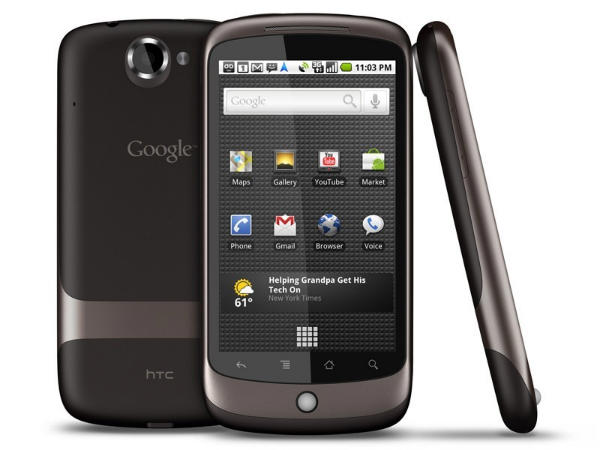
What Nexus devices are there?
To date, there have been released seven Nexus branded devices as follows: four smartphones, two tablets and a media device. The most recent Nexus devices have been launched at various times last year including the Nexus 7 tablet by ASUS, the Nexus 4 smartphone by LG (review here) and the Nexus 10 tablet by Samsung (review here). Google also unveiled in mid-2012 the Nexus Q, a media device that was quickly killed off, or at least delayed.
As you can see, Google is working with a variety of partners when making Nexus devices, and it’s not conceiving them in-house with Motorola, or at least not yet. But we’ll talk more on that later.
The previous Nexus devices were all smartphones: the HTCNexus One, the Samsung Nexus S and the Samsung Galaxy Nexus, and were released in early 2010, late 2010 and late 2011, respectively.
The 2011 Motorola Xoom tablet is also a device that was built together with Google, running at the time of its release the first Android version optimized for tablet use. But the device, one of the first tablets to take on the iPad, or at least to try to do it, was never marketed as a Nexus gadget.
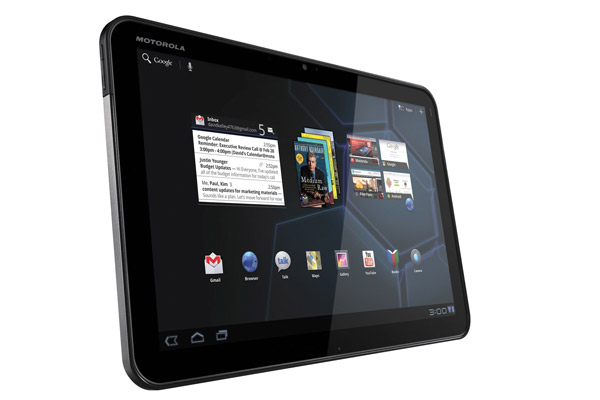
Nexus naming nightmare
As you can see from the product names mentioned above, Nexus devices don’t have a cohesive naming scheme and that could turn out to be a marketing annoyance in the coming years and I’ll show you why.
The first Nexus handset was the HTCNexus One, which had a rather logical name. We were expecting a Nexus Two to follow, but legend has it that Samsung did not want to be second to anybody. Consequently the second and third Nexus smartphones were called the Nexus S and the Galaxy Nexus, respectively. Finally, the fourth model was unexpectedly baptized the Nexus 4 – not Nexus Four mind you – and we expect this year’s Nexus smartphone to be called the Nexus 5, as long the company making it will not have a different opinion.

That’s all fine and dandy, but while Nexus smartphones numbers represent their generation, moving along to Nexus tablets will complicate things. The Nexus 7 and Nexus 10 are not the seventh and tenth, respectively, Nexus tablets. They’re the first two, only one is a 7 incher while the other sports a 10-inch display.
In case you don’t see the problem yet, then in couple of years we may have a strange mix of Nexus products including the Nexus 7 smartphone and the third-generation Nexus 7 tablet or Nexus 7 3.0.
What matters though is that you remember that Nexus devices are made only by/for Google.
Nexus vs Android devices
So if Nexus devices are running Android, what are the differences between Nexus smartphones and tablets and all the other Android-running gadgets out there?
Hardware
In the Android universe, it’s not exactly possible to have the latest hardware on a device for more than a few months. Because a variety of worldwide retailers launch new Android gadgets every few months, Nexus devices will not always be the hottest devices in town. That said, you should know that at the time of their original launch, Nexus smartphones sport the latest hardware features available to OEMs, and with few exceptions they’re ready to offer you the same set of specs and features found on top-shelf Android handsets
So Nexus smartphones are usually high-end devices, but they may lack certain features, including microSD support, which happens to be a deal breaker for some, and even LTE support (see the Nexus 4) which could be a problem in the future if the trend continues.
With Nexus tablets, or at least with some of them, things are a bit different. Because it wasn’t able to really compete against the iPad since Apple launched the iOS tablet, and because the Search company received an unexpected hit from Amazon, which released the Kindle Fire tablet in late 2011, a device running a forked Android version stripped off all Google elements and apps, and sold at cost, Google was forced to come out with a budget tablet of its own, the Nexus 7, in mid-2012.
Therefore the Nexus 7 tablet isn’t a high-end device specs-wise. It’s not targeting the iPad directly, not that you’re likely to feel any performance troubles during daily tablet operations because it still sports some great internal components. The Nexus 10, on the other hand, is Google’s first try at directly fighting the iPad, and therefore it’s offering some higher-end features.

Software
This is where Nexus devices shine and where things will get interesting. Since they run the latest Android OS version, usually getting it a few days/weeks after it’s released, the Nexus smartphones and tablets offer you a pure Android experience without any custom user interface built on top of the OS. And without the bloatware apps.
This way, Google is able to let users enjoy a pure vanilla/stock Android experience compared to OEMs that try to customize the look and feel of Android in order to differentiate themselves from their Android competitors. Because of this practice, non-Nexus devices that run customized Android builds are upgraded to the latest OS much later.
Sure, you’ll say that there are some OEMs out there that are ready to offer you a stock Android experience, which is basically what Nexus devices do. But those OEMs will not be able to offer you equally fast Android updates, since they’ll only have access to the software later compared to Google, who’s building it, and on top of that, they’ll have to coordinate with carriers selling their hardware to release the updated Android ROMs.
Mobile operators and their agendas are other reasons that explain the delay in Android OS upgrades. OEMs can’t push the updates directly and they require an annoying middleman, the carrier. And carriers aren’t really interested in having those updates out as fast as possible to meet the needs of their customers. What they want is to sell as many handsets and tablets, on-contract devices if possible, and that those devices have plenty of bloatware apps installed on them from the get-go.
Once Android updates are ready, carriers still get to approve and disapprove their rollout and will release them at their own convenience, which is usually several months after the Nexus devices have received the latest Android OS available.
Obviously there are some exceptions for Nexus devices when it comes to updates. Since Google, OEMs and mobile operators have different goals in mind which affect Android OS update rollouts and increase fragmentation, some innocent Nexus devices will get caught in the fire. Just check out Verizon’s or Sprint’s Galaxy Nexu models, which aren’t always running the latest and greatest Android OS has to offer.
Buying Nexus vs buying other Android devices
So now that you have an idea what Nexus devices have to offer compared to their Android equivalents, and especially if you’re just moving away from cellphones / featurephones to smartphones and/or tablets, you may be wondering whether it’s better to buy a Nexus or an Android device. You know, since they’re essentially running the same software.
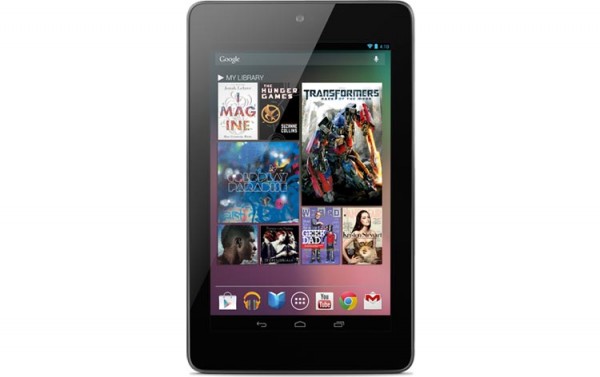
But there is no right answer. Going the Nexus way is encouraged if you want to have a pure Google Android experience and have access to the latest software updates without installing custom ROMs based on those software releases. In most cases you’ll run Google’s latest OS version after a few days since it becomes official, although some carriers may still get in the way of timely Nexus updates (see Verizon and Sprint in the USA). You won’t have to deal with custom user interfaces built on top of Android and you won’t have to deal with all the pre-loaded apps from carriers and their partners that you’ll find on other Android handsets and tablets.
Furthermore, if you are a software developer looking to create Android apps and/or bringing your existing mobile apps to the Google Play Store, then owning a Nexus device may be a must, in order for you to stay up to date with the latest Android releases and what not. At the same time, owning a bunch of other Android hardware may be required in order for you to optimize app experience on different smartphones and tablets.
If the timeliness of software updates isn’t such an important factor in your Android device buying decision, then going for any other device isn’t a bad thing either. No matter what your budget is, you’ll be able to afford a new Android handset and/or tablet, and you’ll have a rich mobile experience. You don’t need to buy a Nexus to get that. Not to mention that you may be interested in having a device that comes with a microSD slot or LTE connectivity, which would mean they wouldn’t be available by purchasing the latest Nexus devices out there.
The better acquainted you get with Android on these non-Nexus devices, the more likely you’ll be to try out custom ROMs, and there are a lot of them out there – although we’ll never encourage you to install any unofficial software on any device you own – and you’ll get access to Android updates faster than your carrier wants you to.
Aren’t Nexus devices cheaper though?
So if software updates or Android development aren’t going to affect your Android buying decision, handset and tablet pricing certainly matters nowadays.
The Nexus devices are generally high-end handsets and tablets, and you’d expect them to sell at high-end-device prices, right? That’s not entirely so though, because Google has made a clear statement in 2012 that it’s willing to drop prices on its Nexus devices in order to get more and more customers through the Google Play Store door. The thinking here is that, once inside, these customers would use more and more Google mobile services and download more apps and other digital content, thus becoming hooked on the mobile OS. Not only would Google be making some money in the process off of content sales and ads, but Nexus buyers could upgrade to a future Nexus or non-Nexus device in the coming months and/or years, all the while remaining faithful Android consumers.
The Nexus 7 sells at cost at $199 for the 8GB version, while the cheapest Nexus 4 (8GB model) retails starting at $299 when available in Google Play. The Nexus 10 is slightly more expensive, at $399 (16GB version) but still more affordable than its competition.
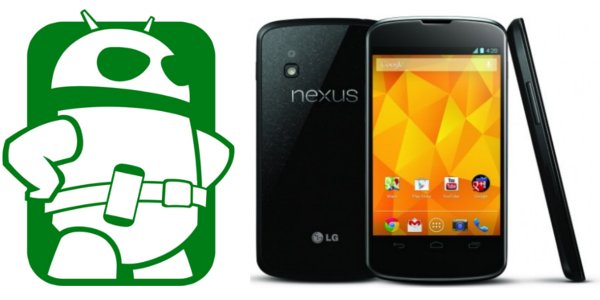
How is Google able to pull it off? First off, in the tablet sector it has to fight the Amazon threat, not to mention that Apple has its own cheaper tablet as well, so that’s an area where we can’t expect any price hikes for the foreseeable future.
But what surprised everyone in late 2012 is that Google managed to strike an interesting deal with LG to sell the Nexus 4 for a lot less than anticipated, as long as the device is purchased through its Google Play storefront. The device sells starting at $299 and that’s the off-contract price. But carriers and retailers around the world do not get the same preferential treatment.
Will the trend continue in 2013? That’s certainly something we’re interested to see, because while Google is definitely making waves with its Nexus phones and tablets (with price being an important marketing factor,) it’s also indirectly hurting its partners. All the other Android OEMs don’t have a second revenue stream like the Google Play Store to fall back to and they want to make money from handset and tablet sales. And that’s harder to do when Google is selling hot devices with lower starting prices.
And then there are the carriers, who can’t really afford to offer buyers cheap high-end handsets as the Nexus 4 because subscribers would quickly move from postpaid to prepaid plans, which is not what any mobile operator wants.
On the other hand, the tougher the economy, the more attention one pays to the budget for mobile purchases. With that in mind, getting a brand-new high-end off-contract Nexus 4 smartphone is probably one of the best deals one can look forward to – in fact it’s the only such offer available out there, as no other high-end smartphone will sell for as low under the same conditions (new device, without a subsidy and contract). If only Google had enough Nexus 4 units to go around, right?
Google and Motorola
As you have noticed so far, Google worked with a variety of companies including HTC, Samsung, ASUS and LG to release Nexus devices. And that’s certainly the best business practice for the company. Google can’t just partner up with one Android device maker for Nexus handsets and tablets because at the end of the day Google wants to keep its partners happy in order to have as them making as many Android devices as possible year after year.
However, Google failed to use Motorola to build Nexus devices so far. Starting with May 2012, Motorola is officially a Google subsidiary which means that in theory the two companies could create a plethora of Nexus smartphones and tablets and sell them at cost to hook as many new mobile users into Google’s mobile environment.
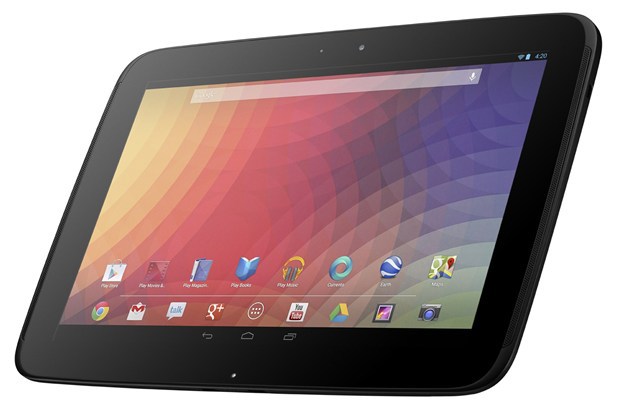
But Google said it wouldn’t treat Motorola preferentially now that it owns it, and it probably had to show everyone it means that by not creating any Nexus device in partnership with Motorola in 2012. In fact, it looks like it intentionally stayed away from doing so. Moreover, Moto launched several new Android devices in the RAZR family in fall 2012 without equipping them with the then-freshly launched Android 4.1 Jelly Bean OS version.
Google execs did say that the Motorola purchase was mainly for its patent chest needed to fight Apple, Microsoft and anyone else that’s attacking Android, although that kind of didn’t work for the company, attractive negative reactions from U.S. and European regulatory commission that went as far as to initiate inquiries into Google’s patent-related business practices.
Will 2013 be the year of the first Motorola Nexus device? We’ll just have to wait and see.
Nexus devices are here to stay
Google’s former CEO and current chairman Eric Schmidt once said that the HTCNexus One was a one time deal, hinting that a Nexus Two was not in the works. However, a short while after those statements were made, the second-generation Nexus came out, at which point it was clear that Nexus handsets are here to stay. Fast-forward to 2012, and the same Schmidt said that Google is very much interested in hardware.
As you can see, I never said Google is making Nexus devices to counter iPhone sales and to make lots and lots of money off of Nexuses. In fact, to date, no Nexus device has enjoyed impressive sales numbers, at least until 2012. The Nexus 7 and Nexus 4 could see increased sales compared to their predecessors, but we have to take into account here the fact that they’re selling at cost and that the mobile market has increased significantly in the last couple of years, with more and more buyers turning their attention to smart mobile devices. It’s also worth pointing out that Google is not sharing Nexus sales data, so we only have educated and uneducated guess to go with when it comes to Nexus sales performance, particularly for the latest models.
But Google needs to continue to make Nexuses, keep the buzz around them at high-levels and sell as many as possible for the reasons mentioned earlier. It needs to have a competitive mobile OS, it needs to show its latest Android OS version to the growing number of potential buyers around the same time iOS, Windows Phone or BlackBerry OS get new releases in order to have a high number of overall Android activations, it needs to increase its Google Play Store and Google services user base and it needs to rule the smartphone mobile landscape in order to get a comfortable enough lead in mobile search to keep money coming in.

So do expect to see more Nexus devices in the coming years. And whether you pick one up or not next time you’re buying a smartphone or tablet, it won’t necessarily matter for Google, as long as you choose an Android device.
Will you buy a Nexus devices as soon as possible?